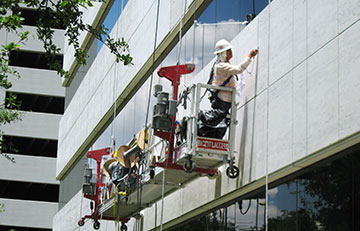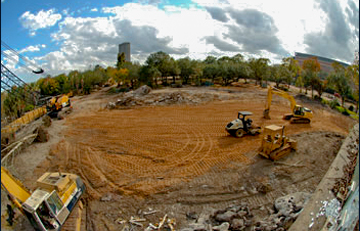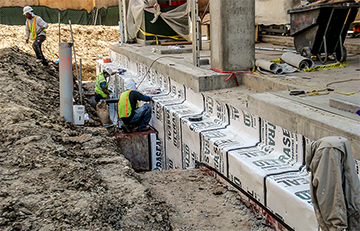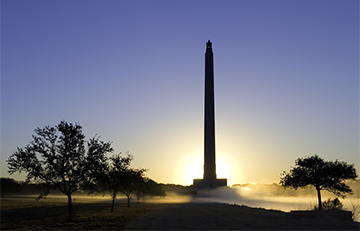Constructed in 1982, the travertine panel facade of the Capital One Plaza building in Houston, Texas was showing signs of spalling and the sealants were failing … [Read more...] about Capital One Plaza
Houston
African Forest Exhibit at the Houston Zoo
The Houston Zoo located on 55 acres in Herman Park began operations in 1922. It is a home to 4,500 animals representing 900 species. It welcomes 1.6 million … [Read more...] about African Forest Exhibit at the Houston Zoo
Brockman Hall for Physics at Rice University
Western Specialty Contractors recently completed a new construction waterproofing project at Brockman Hall for Physics, Rice University. The project included … [Read more...] about Brockman Hall for Physics at Rice University
Moody Gardens Aquarium & Forest
Moody Gardens is an educational destination utilizing nature in the advancement of rehabilitation, conservation, recreation, and research. It’s one of the … [Read more...] about Moody Gardens Aquarium & Forest
San Jacinto Monument
In 1936—a century after their forefathers battled to secure Texas' independence—proud Lone Star residents gathered at the site to break ground for the San … [Read more...] about San Jacinto Monument





